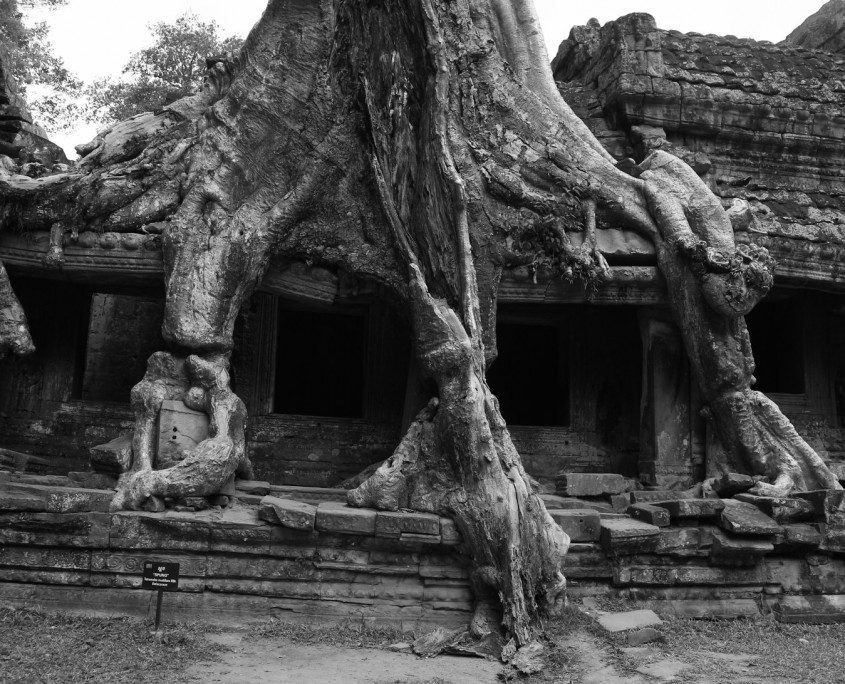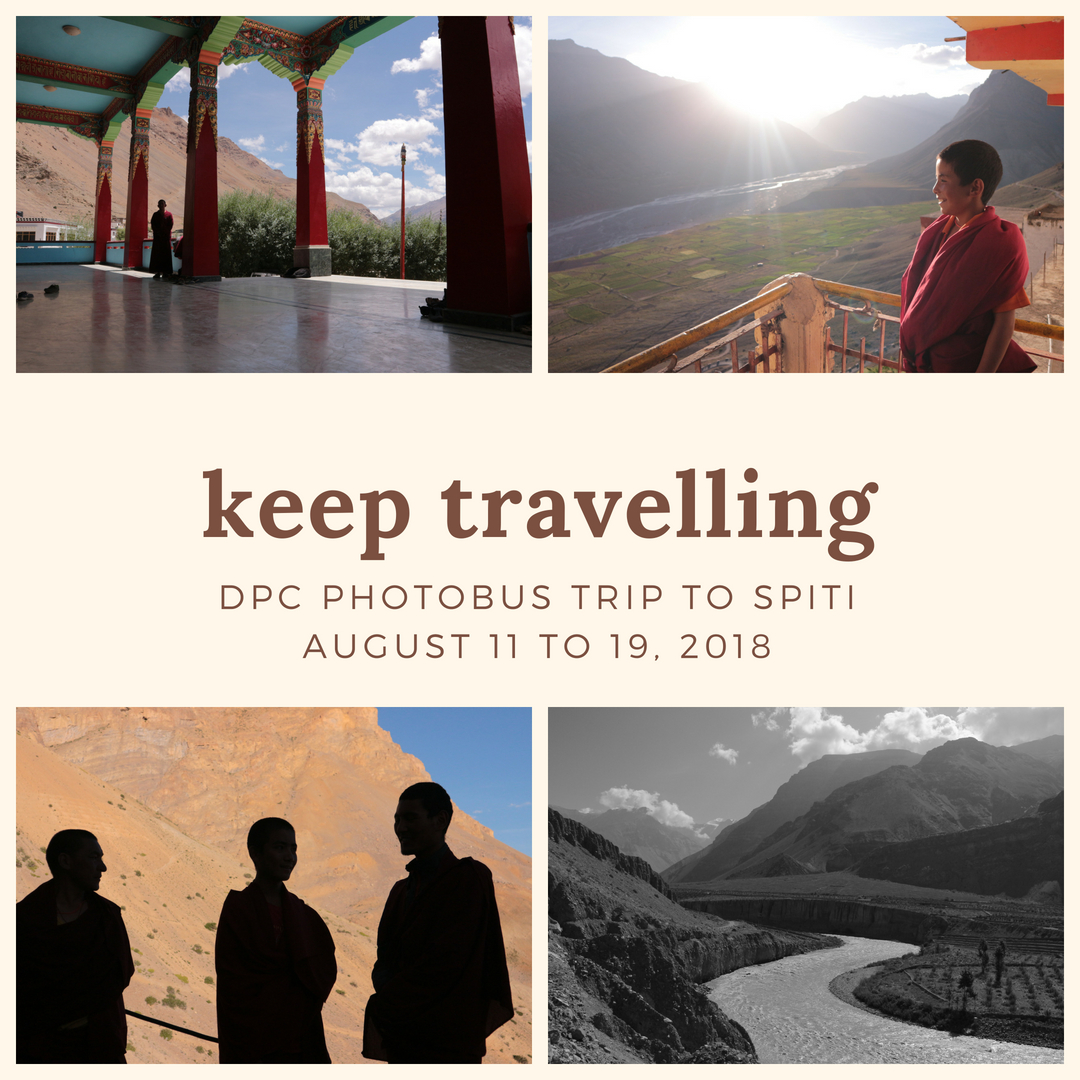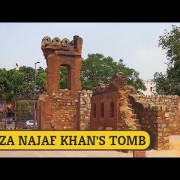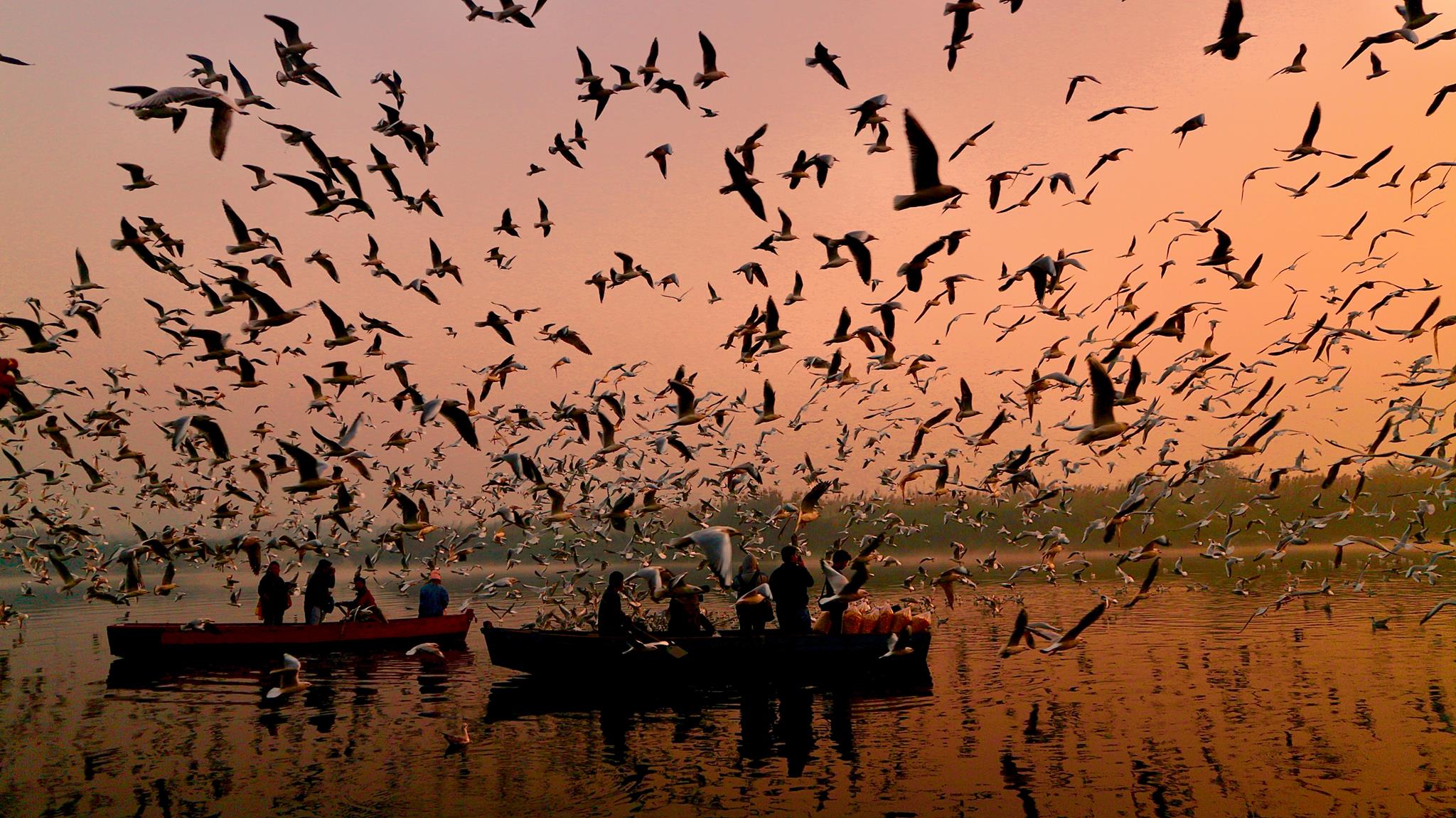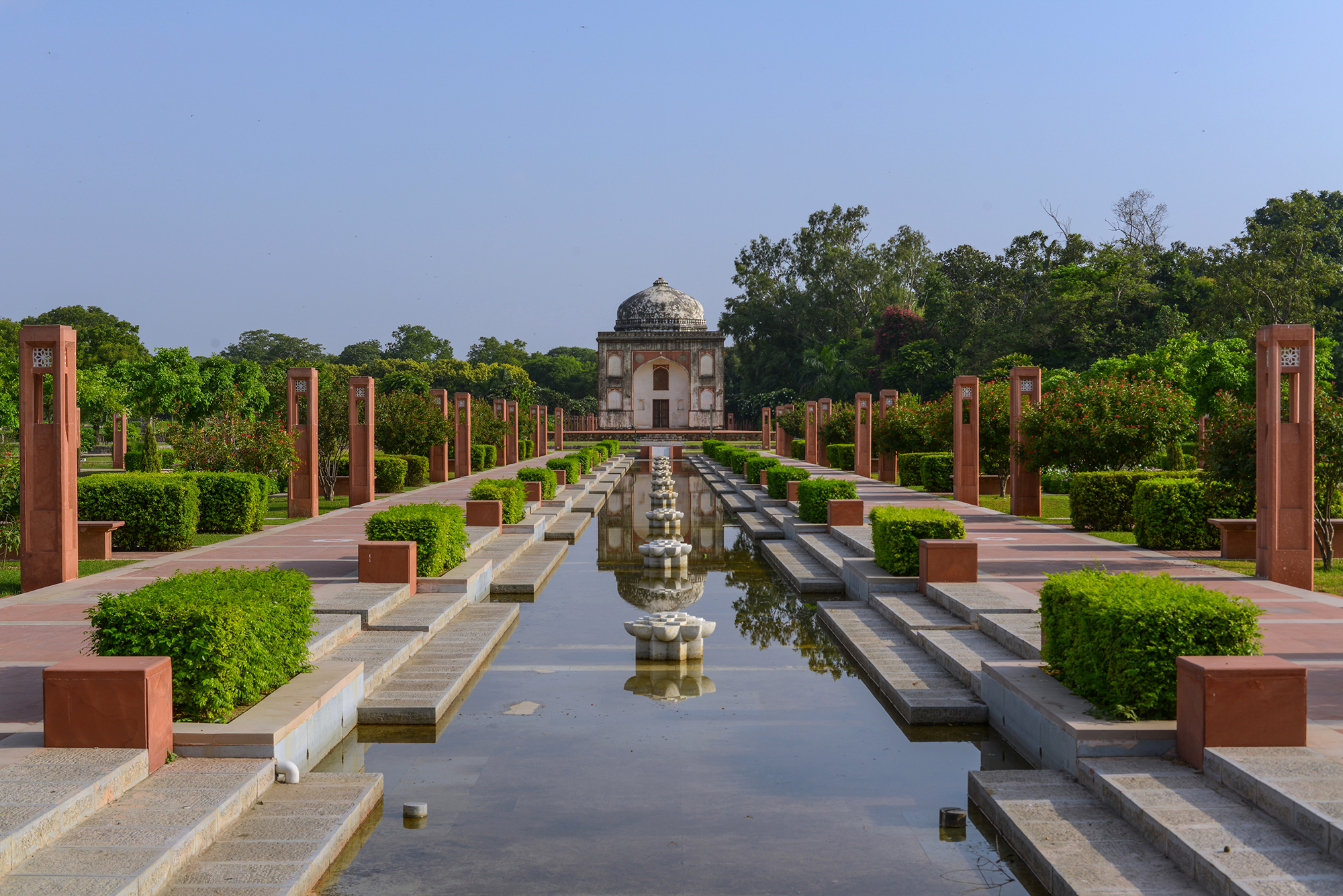DPC announces Phototrip to Spiti
/in News, Personal, Photobus, Photographs, Photowalks, Travel /by #iamdpc
In the month of August, we are again going to Spiti, to witness and capture the most beautiful monasteries, landscapes and the local people. Its going to be a six day trip. We will be going by road.
Kindly pre-book with us, in case you are interested in going.
Itinerary
Day 1. 11th August Delhi to Rampur Busher Stay at Rampur Busher
Day 2. 12th August Rampur to Tabo
DAY 3: 13 th August Tabo to kaza. ( Night Stay at Kaza)
DAY 4: 14 th August Dhankar , Village Rama , Demul (Night Stay at Kaza)
DAY 5: 15 th August. Ki and Khibbar Monastery (Night stay at Kaza)
DAY 6: 16 th August Langza Komin Hikkim. Stay At kaza
DAY 7: 17 th August Nightstay at Chandrataal
DAY 8: 18 th August Starting Back
DAY 9: 19 th August Reaching Delhi
Other Important Details
Stay: will be on twin sharing basis in a home stay environment.
Mode of travel: We will be traveling in an AC TEMPO traveller together.
Gear: You can carry tripods and wide angle lenses for cameras. Any camera is good for this trip so long as it digital. For yourself, please carry wollen cloths , comfortable shoes, take hats/caps, shades and sunscreen!
Fee (per person) : 25000 (including registration fee)
For DPC Members : 23000
Fee includes travel & group transfers, stay and meals
Please note : If there is any special need please do let us know in advance . For any medical requirements please share the history so that if required we may carry the medications to avoid any mishap.
Feel free to call us for further clarifications 8826712162
DPC Heritage photowalk to Najaf Khan Tomb 20th may 2018
/in News, Personal, Photographs, Photowalks /by #iamdpcDPC Heritage Photowalk to Najaf Khan Tomb
The Tomb of Najaf Khan lies opposite Safdarjung Airport which is situated towards the eastern side of the Delhi-Mehrauli Road and in close proximity to Safdarjung’s Tomb. It is easily accessible by local buses, auto rickshaws and hired cabs. Mirza Najaf Khan was probably born sometime in the year 1722 AD though there is no conclusive evidence to this fact. He was an Adventurer who relocated to India and became a noble in the Imperial courts of Mughal Emperor Shah Alam III. A Persian by native, his ancestry lineage traces back to Prince Safavi, a royal Persian dynasty that was overthrown by Nader Shah in 1735 AD.
Mirza Najaf Khan passed away on 26th April 1782 after serving the Country for 42 years and within six years of his demise, the Mughal Empire became feeble when its Military Forces ceased to exist. He never had a son and hence was survived by his adopted son named Najaf Quli Khan, who later, converted to Hinduism and paved his own way and a biological daughter named Fatima.
Najaf Khan was buried in a separate enclosure that lies next to Safdarjung Airport in Delhi. His Tomb is constructed in a ‘Charbagh’ or ‘Four-square Garden’ style which is typical of a Mughal as well as Persian style of architecture.
There are two marble cenotaphs next to the Tomb site of Najaf Khan with inscriptions revealing that Najaf Khan is buried in one grave and the other is where his daughter, Fatima, lies buried after she died in 1820 AD. The real graves are situated way below (underground) in the heart of the chamber just underneath the raised platform.
Today, Najaf Khan’s Tomb is survived by a wall enclosing the Garden area where his Tomb sits and an entrance doorway on the eastern side; all in ruins, however, a newly planted and reasonably maintained garden now dresses the enclosure of the Tomb site.
Ways to reach:
By metro: The nearest metro station is Jor Bagh. Take an auto from there to reach the Najaf khan tomb.
By car: You can park the car at the Najaf khan tomb
Kindly note
1-There is no charge for anything else (no fee to be paid to the facilitator ). However, tickets for camera etc., to enter any specific monument will have to be borne by the individual.
2-Any sort of soliciting or promoting any product or service among the photowalkers is a strict NO. These photowalks are to encourage amateur photographers and beginners to come out and enjoy photography, please help us maintain the spirit.
3-Some people want to help us. There are two ways,
a-tell about the club to as many of your friends as possible and ask them to join us either on the Facebook page (look for Delhi Photography Club, non-profit organization) when you search on Facebook
b-send us photos clicked in the walk so that we may upload them in the club’s album
4-Please bring your water bottles, shades, and wear comfortable shoes as it will be hot and sunny.
5- Please send 10-15 photos zipped and compressed to virendra@delhiphotographyclub.com after the walk for submission to DPC facebook album.
For any clarifications, call Virendra 8826712162
DPC announces Brand new Photo Walk at Ghats of Yamuna .
/in News, Personal, Photowalks /by #iamdpcDPC announces brand new Heritage photowalk to the Ghats of Yamuna.
A unique place to click people , portrait and amazing landscapes with migrant birds.
Big rivers have throughout history been important to the development of capitals. This Photowalk is dedicated to the Yamuna river that has been an important yet silent witness to Delhi’s history. The tour starts from the Yamuna at Nigambodh Ghat which unfolds the ritualistic devotion of how the Hindus treat the historic river.
The Yamuna is a goddess to the eyes of her devotees despite its current struggles with pollution. Topping it off with an unforgettable view of the Jama Masjid back through the streets of Old Delhi, discovering the Yamuna route is truly a unique and memorable experience.
The beginning of legend: Nigambodh ghat seen from across the river. These are the sacred waters within which Brahma recovered the book of knowledge and the powers of divinity, which he had lost. Nigambodh Ghat is thus a place of ending, it marks the finality of the mortal core; but it is also the source of a regeneration of immortal wisdom, of sacred knowledge. Death and immortality exist together.
The great epics and sacred texts tell us about the beauty and power of the river Yamuna. This is the daughter of the sun god; sister of Yama, the god of death; lover of Krishna; sister to that other great river goddess, Ganga.The Gods themselves, Brahma and Shiva, are said to worship her.
The Ras Lila paintings of Lord Krishna consorting with his gopis are magical, ethereal, depictions of the river surrounded by lush sacred groves. On her banks, the great Sufi saint Nizamuddin Aulia spread his divine message. This is a river revered through antiquity; a river by which a unique culture flourished.
Today, however, as the Yamuna winds her course through the 22 kilometer stretch of Delhi, she bears no resemblance to her legend. Decades of wanton disregard have turned her into nothing more than a stinking sewer that is biologically ‘dead’ as it flows out of Delhi.
Yet there is a little stretch, a place where the story of Indraprastha begins; the story of the Pandavas, the story of Delhi. Here, despite the filth and degradation. From Nigambodh Ghat to the Lal Pul or the Old Iron Bridge, you discover ways of life that are still intertwined with the river and its sacred avatar.
Nearest Metro Kashmere Gate or Red Fort on the Heritage Lane
Please Note : if you register and confirm that you will be attending and do not turn up, you have denied someone as enthusiastic as you, a chance of the walk. Therefore, please register and confirm only if you are reasonably certain to make it on the day 🙂
Wear comfortable shoes, carry your water bottle and keep your camera batteries charged ! 🙂
DPC announces first Photowalk to Sunder Nursery
/in News, Personal, Photowalks, Uncategorized /by #iamdpcSunder Nursery is bestowed with the first arboretum (botanical garden of trees), a bonsai house, and is home to 80 species of birds, 36 butterfly species and 280 native trees. Delhiites now have a new heritage park that is as good as the popular Lodhi Garden. The nursery came up during the British rule and in 1950 a renowned botanist whose name is unknown gifted a bonsai collection to the nursery.
A walk through the massive heritage garden — dotted with flower beds, raised sandstone pathways and marble fountains — takes one to the six monuments that were given World Heritage designation by UNESCO in 2016
The Lakkarwala Burj, Sunder Burj, Sunderwala Mahal, Mirza Muzaffar Hussain’s Tomb, Chitra Batashewala and an unknown Mughal Tomb fall under this category. Although, little is know about who built them.
Designed by landscape architect Late M Shaheer, Sunder Nursery has a 550m ornamental central vista that starts from the entrance zone of Humayun’s Tomb. An official said the landscape master plan derived inspiration from “traditional Indian concept of congruency between nature, garden and utility coupled with environmental conservation” for a truly urban scale work.
The gardens along the central vista, inspired by Mughal traditions, have lotus-shaped marble fountains. Water flows through geometric flowerbeds and raised sandstone pathways. A lake on the northern edge of the central vista will have walkways, seats and pavilions along the edges. An amphitheatre has also been built for cultural events. The lake would collect rainwater and also serve as a reservoir for emergency use.
Officials said the nursery has over 300 tree species, some not found elsewhere in Delhi. Over 80 bird species have also been recorded. As an added attraction for children, an educational resource on Delhi’s ecology has also been set up for the 5,00,000 schoolchildren who visit the adjoining Humayun’s Tomb annually. This 20-acre micro-habitat zone showcases plants of the Ridge, and the riverine, marshy landscapes that were once found in Delhi.
The heritage aspect is striking too. There are 15 Mughal monuments within the nursery, some under ASI and some unprotected. These have been conserved by AKTC over the years. In 2016, Unesco extended the world heritage designation to 12 monuments.
Latest at DPC
we are here
Building No 5 D, Jungi House
Shahpur Jat, New Delhi
hi@delhiphotographyclub.com
91-8826712162
91-8800887166
We are open
Mon Sun: 11:00-19:00
Tuesday : closed
Facebook and online queries
Responded in 2 -8 Hours
Try Now.

